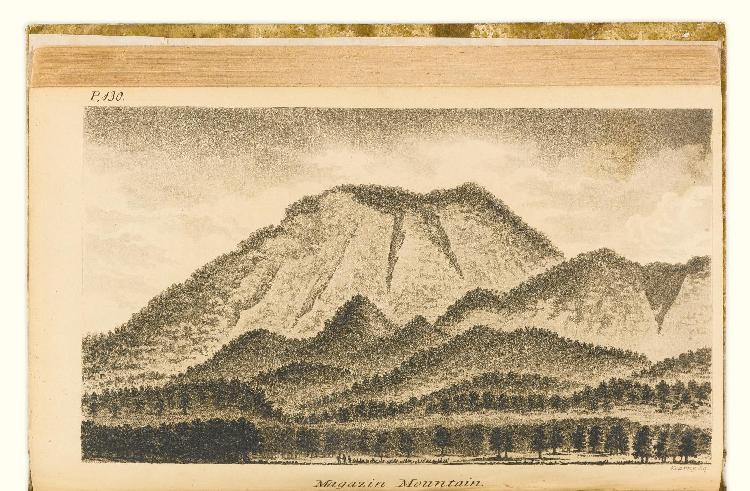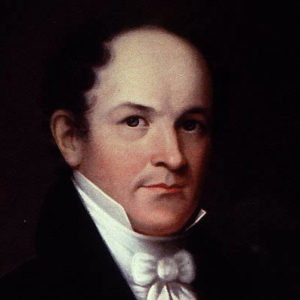By Dr. Curtis Varnell
Traveling across the state, one is amazed by the beauty and what the natural state has to offer.
Larger, well-developed metropolitan areas such as Fayetteville, Jonesborough, and the Little
Rock area interspersed with smaller towns and rich farmlands serve to remind us that we are far
removed from the backward hillbilly image of which we are frequently portrayed. That image,
perhaps fomented by some of our earliest historians, has survived somewhat intact to the present
time.

Thomas Nuttall, an English born naturalist, visited and chronicled some of the state’s earliest
history. The title of Thomas Nuttall’s book; A Journal of Travels into the Arkansas Territory
during the year 1819, with occasional Observation of the Manners of the Aborigines suggest that
he might not be overly impressed with the people and culture he encountered.
Arriving at Arkansas Port, he vividly described the squalor and general backwardness of the
inhabitants. His described the village as having 30 or 40 houses and a few stores occupied by
poor and improvident people who were proceeding slowly in any efforts of improvement. He
went on to say that nature had done so much but the people so little that it was difficult to
determine the value and resources of the land. The homes were open galleries, totally
unacceptable and destitute of comfort for winter. His description of the population certainly fits
the typical hillbilly image; ““It is to be regretted that the widely scattered state of the population in this territory, is but too favorable to the spread of ignorance and barbarism. The means of education are, at present, nearly proscribed, and the rising generation are growing up in mental darkness.”

As he proceeded up the Arkansas river, his perspective did not change. He ran across rough
frontiersmen, thieving Indians, and hired a guide who, he discovered later, had murdered a man
for his property. At Cadron, present day Conway, he got stuck for days in a poorly constructed
tavern where men gambled and drank day and night while cold January winds blew through the
many cracks between the log walls. “Every reasonable and rational amusement appeared here to
be swallowed up in dram drinking, jockeying, and gambling,” he grumbled as he described the
location.

Further up river, he discovered coal layers in the cliffs near Spadra and described some of the
beauty of the natural surroundings and created several painting of Nebo Mountain (which he
misnamed Magazine, and of Cavanal Mountain near Fort Smith. Encountering ticks, malarial
fever, and waring Indian tribes, he eventually journeyed back to England where he composed his
widely-read, and generally negative views, of the inhabitants of the state.
Henry Schoolcraft, another journalist and Arkansas visitor stated, “in manners, morals, customs,
dress, contempt of labor and hospitality, the state of society is not essentially different from that
which exists among the savages.”
Further compounding the states appearance as hillbillies, Sanford Faulkner, supposedly traveling
with Archibald Yell, Ambrose Sevier, and perhaps Albert Pike, stumbled across a log cabin
occupied by a squatter in the Boston Mountains. From that encounter, the Arkansas Traveler
story and song depicting the typical Arkansan became a part of our state lore and image.
Arkansas has long struggled with the perception being backward uneducated hillbillies. Although
far from perfect, when you travel our state today, you enjoy enough forests, mountains, and
streams to appreciate the Natural State while passing the new business and industry that makes
us a thriving progressive state.






